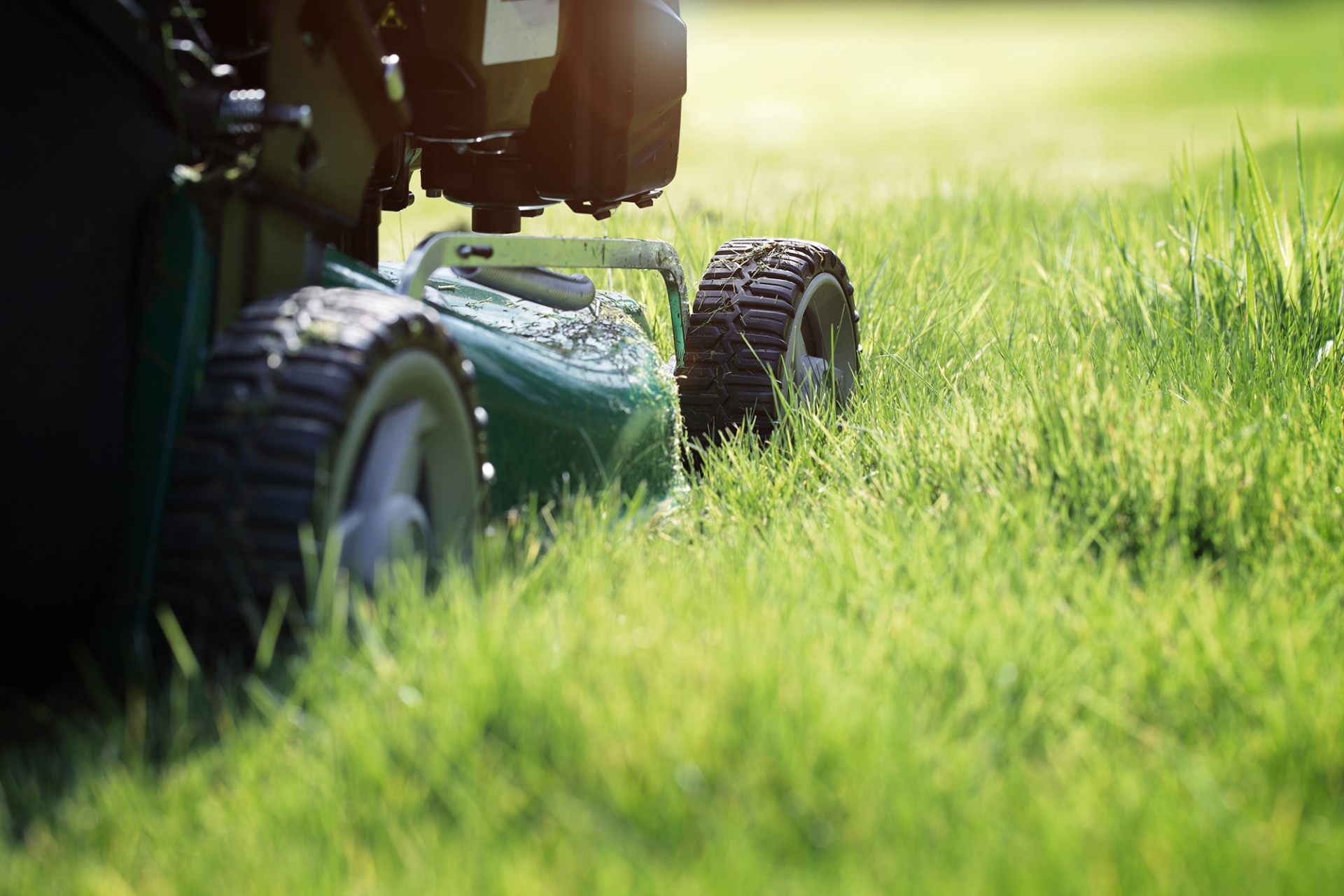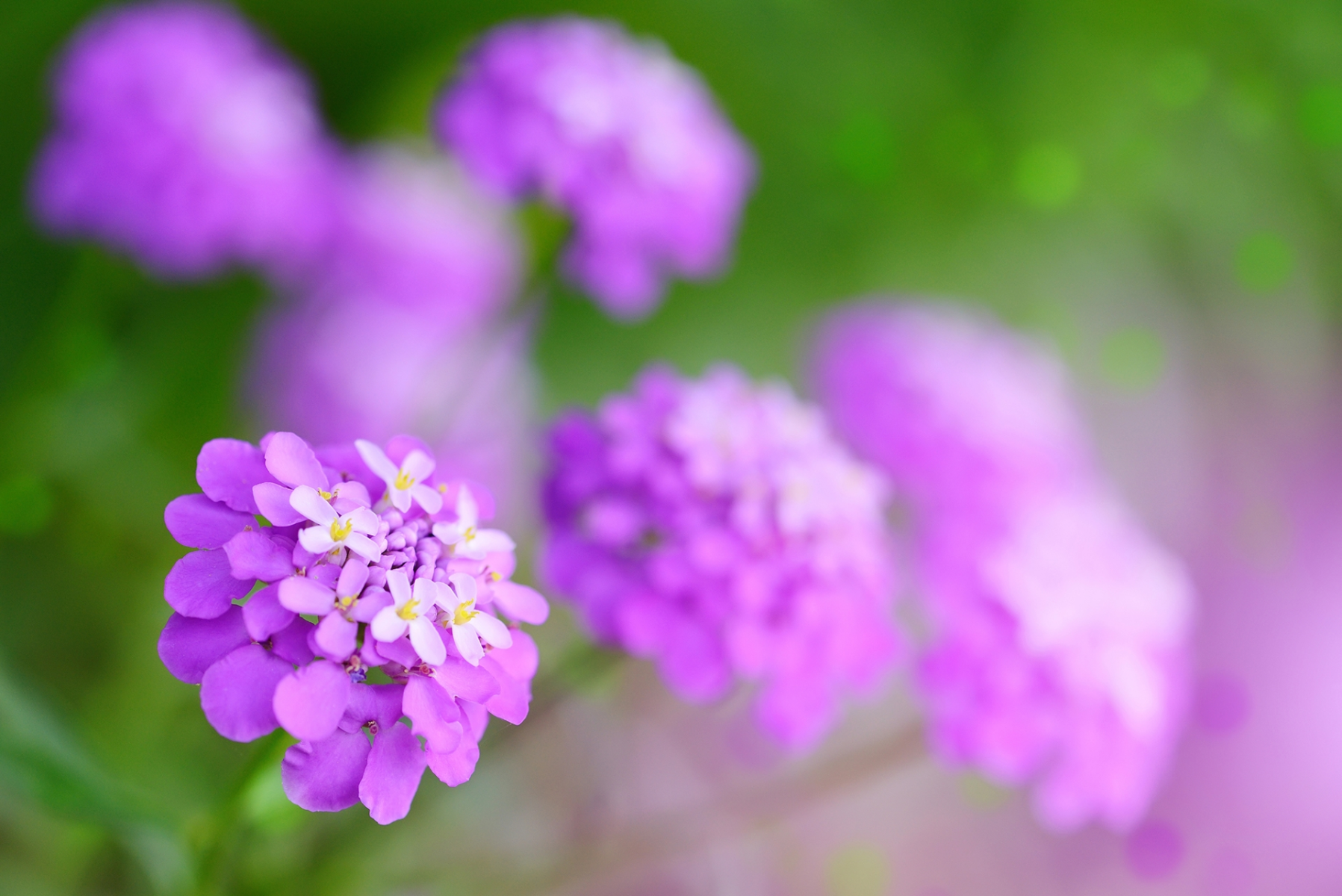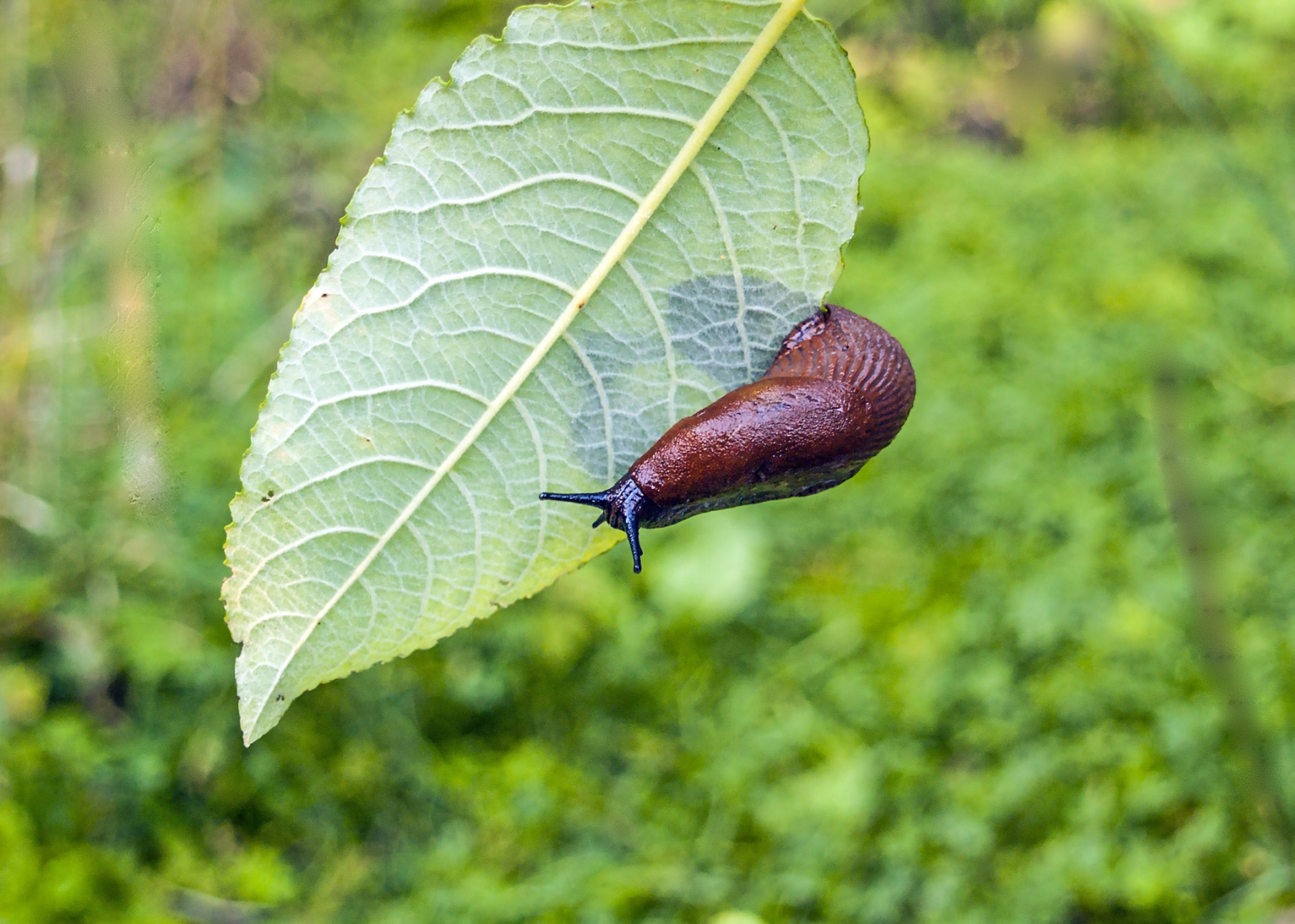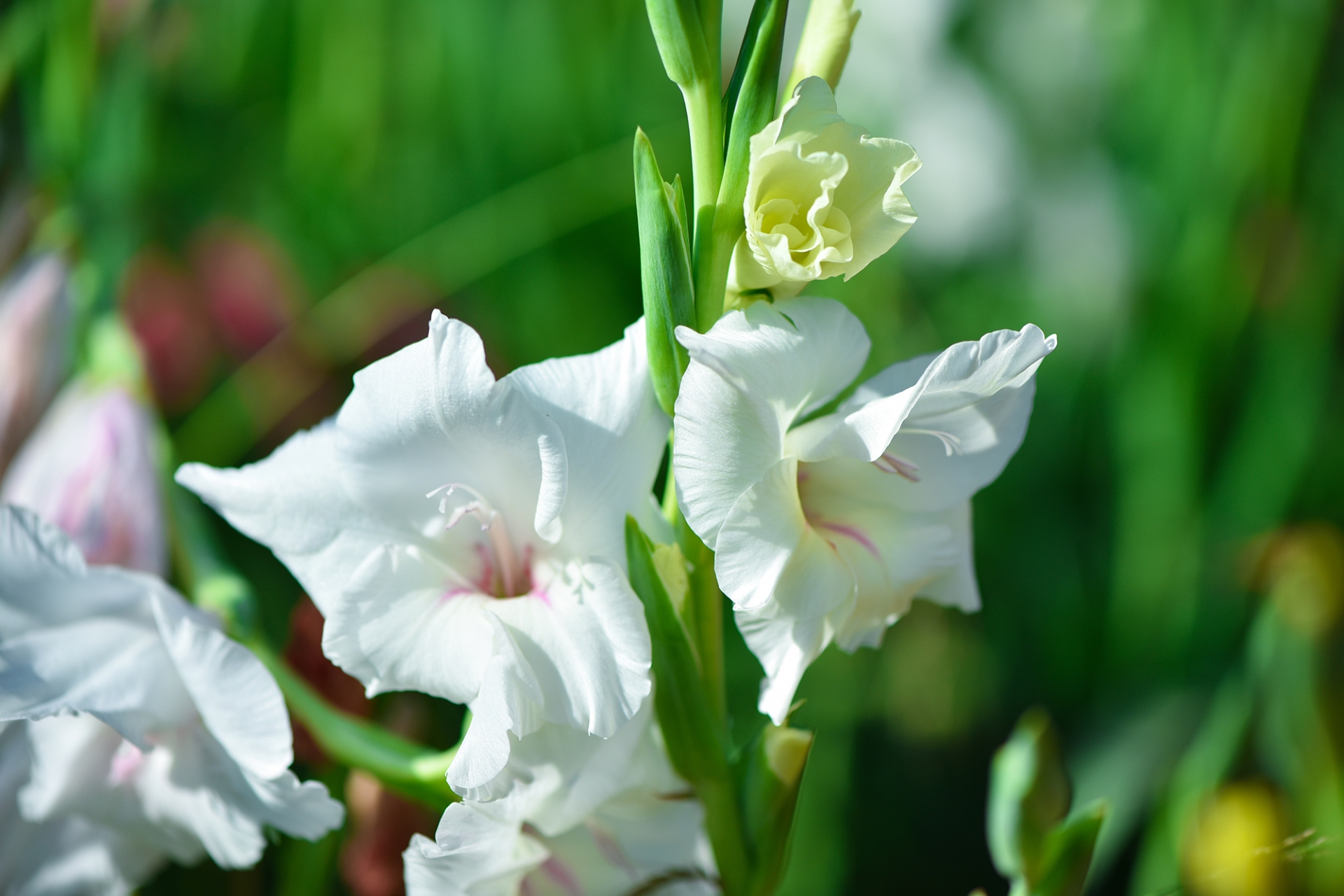5 gardening tips for April
Now there's a bit more light and warmth in the air, what are the essential jobs for the garden this month?
What is the average weather in April?
April is the second month of meteorological spring, and marks the mid-point between winter and summer. It arrives with the prospect of warmer weather to come. However, although winter is behind us, April can still muster a damaging frost. Snowfall is also possible, especially in northern or upland parts of the UK.
Daylight in April
The hours of daylight increase dramatically during the month. In London, the month begins with around 13 hours of daylight and ends approaching 15 hours. In Aberdeen the contrast is even greater with around 15½ hours of daylight by month end.
We look at averages using the 30-year average data from 1981-2010. Using this we can see changes in temperature, rainfall and sunshine hours in April.
Temperatures in April
In a typical April across the UK, we expect to see around 12 days of grass frost, and on an average of just over four days we expect temperatures to fall to 0 °C or below, creating an air frost. These figures vary across the UK with England expecting under four days of air frost and Scotland usually seeing around six days of air frost. These figures are lower than equivalent figures for March, but frost can still be a threat that gardeners need to be aware of this month.
Sunshine in April
Sunshine hours see a dramatic increase during April, when compared with March, with the UK on average seeing almost a 50% increase in sunshine hours when compared with an average March, helping to warm soils. With more sunshine and with the sun reaching higher in the sky, the sun’s influence on temperatures begins to have a far stronger effect, helping to lift the average maximum air temperature for the UK into double figures for the first time in the year. The average maximum temperature for April is over 11 °C; compared with under 9 °C for March. The average maximum temperature for England is a further degree warmer.
April showers?
Average UK rainfall for April is less than March and often becomes more showery; reinforcing the association with April showers. At this time of year in the UK we are in a transition period between the winter months, and the warmer spring and summer. The jet stream starts to move northwards, which can bring the first signs of warmth, but it also tends to make our weather more unsettled due to low-pressure systems being driven towards the UK, and so we get rain, showers and strong wind. The warmer the air, the more moisture it can contain, so April showers tend to be lighter than the larger potentially thundery showers of mid-summer. On average during April, the UK would expect to see around 73mm of rainfall. But this figure varies across the UK with England receiving under 60mm, while over 91mm of rain falls on average in Scotland.
Guy Barter is the RHS chief horticultural advisor. He said: “April is a month of expectation for gardeners who become excited by the prospect of new growth and opportunity. However, a wise gardener will know that for all its promise, April can also deliver the occasional shock of challenging conditions.”
Find out more about climate records, including breakdowns for the UK, England, Scotland, Wales and even your region, on our UK climate averages page.
What jobs should we do in the garden in April?
The change in weather will have a definite impact on the plants in the garden - here's the experts at the Royal Horticultural Society with their tips on what to do in the garden during April.
1. Taking control of the lawn
After several months of relative dormancy, lawns will need more care and attention from now as more vigorous growth accompanies warmer conditions. If the grass is long, begin with the mower’s cutters on the highest setting and let the grass dry out sufficiently before attempting a finer cut. If the conditions are very wet you shouldn’t attempt to mow as you’ll risk turning your lawn into a mud-bath. The RHS has lots advice on mowing and lawn care.

2. Sow hardy annuals
As the soil warms and becomes slightly drier and easier to work, now is the time to consider sowing seeds of the hardier annual plants outdoors. The RHS has lots of advice on sowing seeds.

3. Protect new shoots from slugs
The new growth of seedlings and herbaceous plants give gardeners a buzz of anticipation. It also excites slugs for another reason: food. Although slugs can be active year-round, they are perhaps at their most destructive in spring. Slugs are a perennial nightmare for gardeners; thankfully, the RHS has lots of advice on managing this seemingly pernicious pest.

4. Plant summer-flowering bulbs
In milder conditions, gardeners can begin to think about planting the bulbs of the most-tender summer-flowering bulbs, such as gladioli. These can be planted in borders or in tubs, which can be moved into more sheltered locations if frosts threatens, which is still a risk this month. For advice on planting bulbs please refer to more advice from the RHS.

5. Keep weeds under control
With the promise of milder conditions, gardeners can look forward to the prospects of lots of new growth. The challenge is to ensure that the growth is from the highly-prized plants rather than weeds which will also react to the improving conditions. There are many ways of removing weeds, including manual control. For a guide to controlling weeds without resorting to weedkillers, the RHS has lots of advice.






